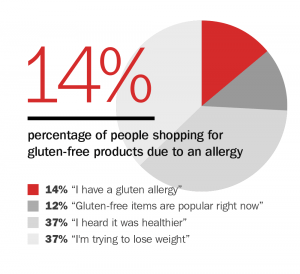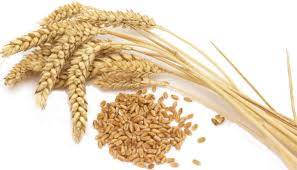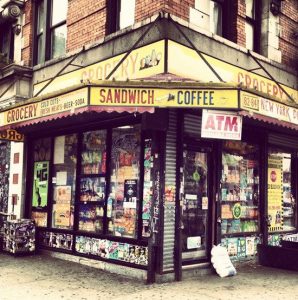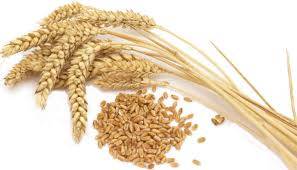Selling Gluten Free Online: The New Mainstream
Selling Gluten Free Online: The New Mainstream
People with celiac disease need access to gluten-free food so they don’t have any intestinal problems. Interestingly, the majority of people who purchase such products do not have celiac disease or even an intolerance. People who are buying them online are in it for the perceived health benefits.
There are no proven benefits for people to go gluten-free if they have no trouble digesting it. Dieters decide to go gluten-free because they think it is healthier, or because they want to lose weight. They don’t know that leaving gluten out of your diet is actually not the way to do those things.
These misconceptions circulate media and receive support from people who are quick to jump on bandwagons. Oddly enough, these fad diets and misunderstandings have helped increase the availability of gluten-free products which is fantastic for people who need it.

What is Gluten?
Gluten is just a word for proteins found in wheat, rye, and barley. There’s nothing harmful about it if your body is built to digest it. People with celiac disease have a lining on their small intestine that attacks itself when gluten triggers an autoimmune response. Just like an allergy to nuts or pollen, the body fires the wrong response to what should be a harmless substance.
Since flour is made of wheat and flour is found in many foods, it can be difficult to eat a gluten-free diet. For people with celiac disease, this means they cannot eat bread, pasta, cereal, or baked goods without making sure that it is free of gluten. This is difficult when eating out since there can be gluten hidden in a lot of dishes. There are even some seasonings that contain gluten.
If a food is not clearly labeled as gluten-free, it’s hard to tell if it has gluten or not. Of course, some foods are naturally free of gluten, like fruits, vegetables, dairy, eggs, and meats. As long as there are no additives, consumers can be assured that there is no gluten.

The Progression of Gluten Free Foods
People spreading gluten-free diets on various forms of media has created a demand for celiac friendly products. Even though only 1% of the population has celiac disease, there are many more people concerned with such foods. Thanks to those people, such foods are much more common.
You can find gluten-free labels on basically any type of food now, from cookies to pizza to beer. If you go to a restaurant, you may find a number of dishes marked proudly as “Gluten Free.” As long as you’re in a populated area, you can count on these choices.
Being Gluten Free in Rural Areas
Getting access to these foods may be difficult for people who need them if they live in small towns. They might rely on local markets or convenience stores for their groceries. There are close to no options in corner stores for those affected by celiac disease since they do not hold much inventory to begin with.
Online shopping is a vital resource for people with dietary restrictions in rural areas. Anything can be bought and the choices are endless.

Moving Forward
Gluten-free is becoming more mainstream, and more and more businesses are embracing it. But what if it went a step further? What if it was the mainstream?
Aside from physical access to these products, the price is also a setback for people who need them. Because the population of people buying these products is so small (although it is growing), the cost has to be raised to support the smaller production sizes. The typical price compared to its gluten-containing counterpart is 4 times as expensive. If gluten-free foods became the norm, then they could be mass produced for a cheaper price.
And why shouldn’t it be the norm? Wheat is so easily replaced with other things. Flour can be made from corn, coconuts, rice, oats, and chickpeas. There are many more, and none of them trigger the damaging immune response in people with celiac disease. Switching wheat for corn or oats could save 1% of the population from having to limit what they eat for fear of harming their bodies.
Gluten-free products are gaining momentum. We may already be on the fast track to a more inclusive lifestyle. This would positively affect the lives of millions of people. The thought is definitely worth considering, and selling more of these goods online is a step in the right direction.

Gluten-Free Not Just a Fad
Although the rise in gluten-free products mostly started as a fad diet, it ended up making a positive impact. It created more reasons for people to buy which in turn allowed more options for gluten-intolerant consumers. You wouldn’t think that such a trend would end up being so useful.
There are never enough options when it comes to products free from gluten. In supermarkets, restaurants, or online stores, customers will always love to see what new items are out. Join the movement and expand your inventory today.
Learn more about dropshipping our selection of products.




